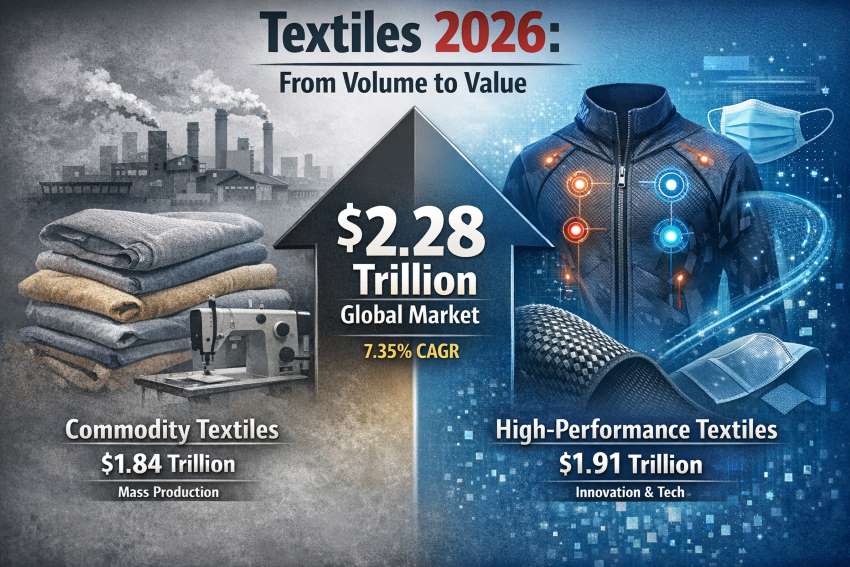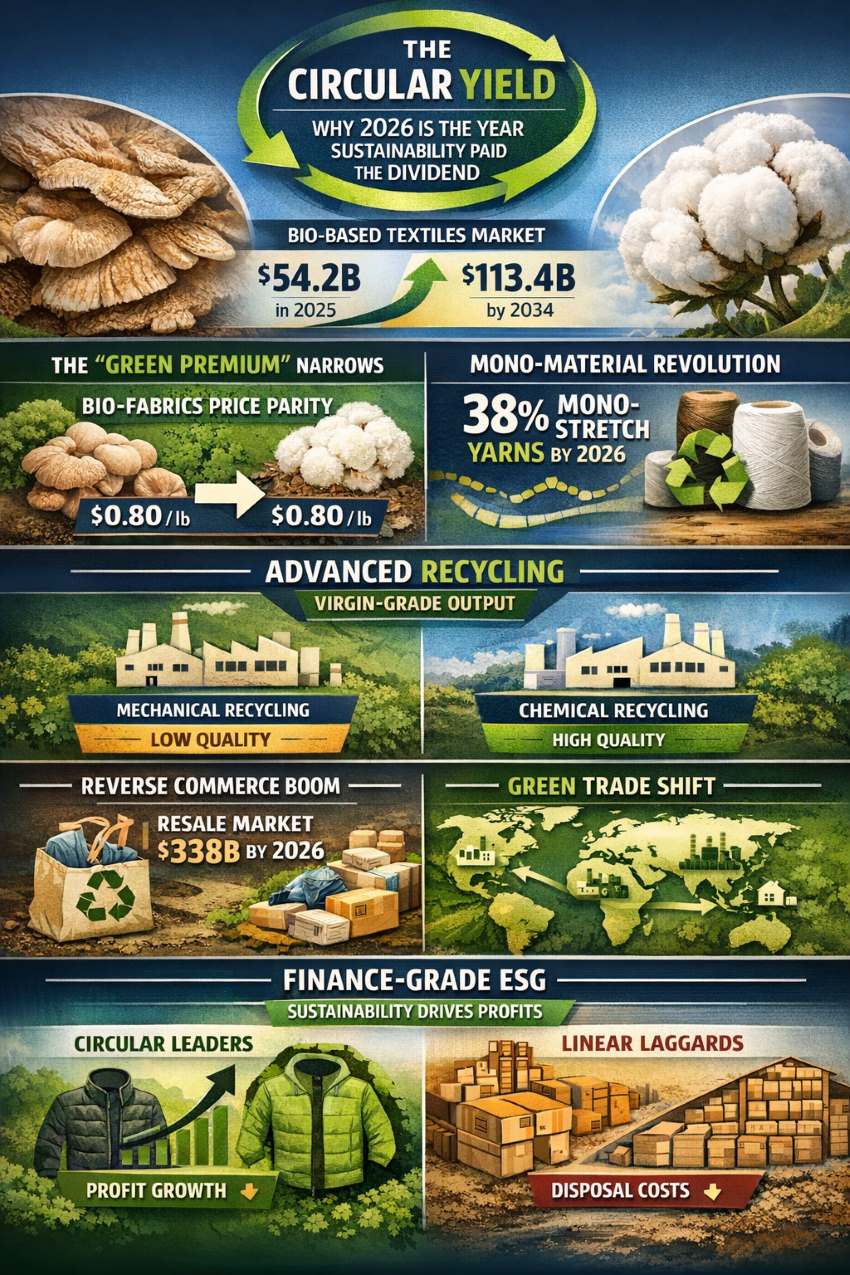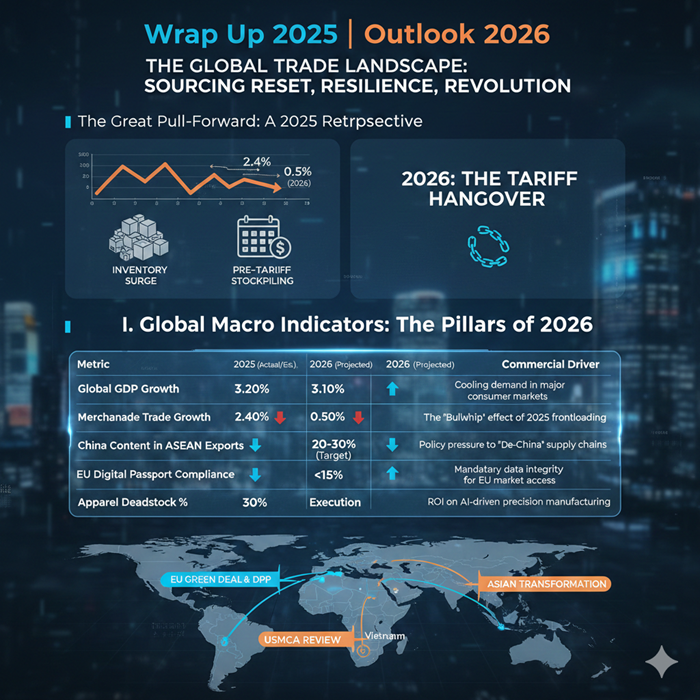FW
The government relaxed the norms for claiming duty benefits under the Merchandise Exports from India Scheme (MEIS) by exempting merchandise exporters from mandatory submission of landing bills with immediate effect. The move was done with an eye on boosting exports which have declined for the 16th straight month in March, the Directorate General of Foreign Trade has notified that proof of landing, which exporters have long argued against, will not be required along the remaining 2787 tariff lines.
Introduced in April 2015, the MEIS scheme under the Foreign Trade Policy incentivises merchandise exports along a total of 5,012 items currently. Exporters earn duty credits at fixed rates of 2 per cent, 3 per cent and 5 per cent depending upon the product and country. However, the benefit of MEIS is available where the exporter presents proof of landing the goods at the destination country. Such proof is not necessary where MEIS is available for export to all countries but was mandatory for the 2787 tariff lines, incentives for which were available only to limited countries.
Meanwhile, the annual resource allocation under MEIS was enhanced from Rs 18,000 crores to Rs 21,000 crores in October 2015. The government had also raised the duty drawback rates by two per cent for many sectors including engineering, marine and textiles. The drawback rates are reimbursement of certain customs and excise duties, and service tax on imports of input materials, which go into the manufacture of goods that are exported.
Bangladesh Garment Manufacturers and Exporters Association (BGMEA) turned down the plea for giving the non-compliant factories more time for introducing workers' biometric database, according to sources. The apparel sector trade body decided that it will resume services to those factories only after their enrolment in the database system. Recently, the organization had put on hold providing the services to some of its members for their failure to register in the workers’ biometric database service.
Apparently, the BGMEA meeting was called following the request of a number of its member factories for further time extension. Incidentally, majority of the member factories are yet to enroll for the service even though the timeline for the purpose was extended three times since December 2015 to April 2016.
The Board of Directors of the United States Fashion Industry Association (USFIA) has a chosen a new chairman. Michael Singer, Vice President of Customs & Social Compliance for Macy’s Merchandising Group has been chosen to the coveted post. MMG is responsible for conceptualising, designing, sourcing, importing and marketing private brand goods sold at Macy’s and Bloomingdale’s. MMG products are sold in over 800 Macy’s Inc. stores as well as through e-commerce and to outside customers. MMG is a founding member of the association.
Said Julia K Hughes, President of USFIA that she is thrilled to announce that Michael will take over as chairman of USFIA, helping to lead the organization on their continued path of growth and trade policy wins for our members. Singer has been a member of the USFIA Board of Directors since 2005, and served as Treasurer of the Board since 2011, as well as the co-chair of the Education & Training Committee, launched in January 2016.
President, Pranab Mukherjee has said that India needs more focused approach in terms of procedures and banking solutions that is suited to the needs of exporters in micro, small and medium enterprises (MSME) sector. The President was speaking at an event organised by the Federation of Indian Export Organisations (FIEO) in New Delhi.
He said, the export sector is dynamic and affected by changes in policy both at the domestic and international level. We, therefore, need to be innovative in our approach to capture markets with customized products in today's highly competitive world. Aggressive marketing, while important in itself, would need to be backed by impeccable quality control standards so as to create a sustainable demand for Indian products abroad.
He observed that India's GDP growth is 7.6 per cent and as it is projected to be 7.7 and 7.9 per cent in the coming years, we need not feel disadvantage because India is enjoying today the highest growth rate in the major economies of the world. Therefore, this growth momentum is definitely strong positive signals, he added.
In an order, the Karnataka High Court has lifted a stay on parts of a central cotton seed price control order which allowed the government to regulate royalty or trait fees being charged by technology providers. On March 21, the HC had said that the Centre could not fix royalty as it is based on mutual agreements signed by companies.
Earlier, industry body for technology providers Association of Biotechnology Led Enterprises Agriculture Group (ABLE-AG) had approached the court against portions of a December 7, 2015 order of the Union Agriculture Ministry which regulated the maximum sale price of Bt cotton seeds. By this order, the government also sought to regulate royalty or trait fees charged by technology providers from seed companies.
In its recent order, the court said that it is prima facie seen that the source of power to fix the maximum sale price including trait value is available and such step is taken to see that the essential commodity is made available at a fair price to farmers.
Meanwhile, the court also rejected the contention that Bt cotton seeds were not an essential commodity.
According to the data from Panamanian law firm Mossack Fonseca, the Jhunjhunwala family who own the Bhilwara group, incorporated an offshore entity Cresthold Investments Limited in the British Virgin Islands (BVI) in 2004. It was the year the Reserve Bank of India (RBI) announced a new Liberalised Remittance Scheme (LRS), allowing a resident Indian to take $25,000 abroad every year.
An eight-month investigation by an Indian newspaper in collaboration with the International Consortium of Investigative Journalists (ICIJ) into the Mossack Fonseca files shows that Laxmi Niwas Jhunjhunwala (who founded the LNJ Bhilwara Group in 1961), son Ravi Jhunjhunwala and grandson Riju Jhunjhunwala, besides several other members of the family, have been/are shareholders of Cresthold Investments Limited.
The family’s Friends Colony residence in New Delhi is listed in all Mossack Fonseca records. For instance, records for 2008 show a list of seven members of the Jhunjhunwala family as shareholders of Cresthold Investments Limited, variously holding between 250 and 1,000 shares each.
Incidentally, email exchanges between company officials and Mossack Fonseca staff state that the objective of the offshore entity is ‘building wealth.’ According to a February 2013 email, the principal object of the company is to hold investments through its banking facility in Switzerland. The investments include participation in US-based funds for which formalities have been completed. The accounts and records of the offshore company have been kept with a ‘coordinator’ in the Isle of Man.
Vietnam's garment and textile industry wants to revise a development plan to 2020 with vision for 2030, after it overtook the export target with five years left to match the industry's progress.
The current plan was approved in April 2014, and it is expected that Vietnam garment exports will reach between $20 billion and $25 billion by 2020. However, in 2015, the garment sector already earned an export turnover of $27.5 billion. All the garment and textile businesses have actively taken advantage of opportunities through trade agreements such as the Vietnam-Korea Free Trade Agreement (VKFTA), and Vietnam-EU Free Trade Agreement (EVFTA). Vietnam is now poised to leverage the Trans-Pacific Partnership (TPP), the Vietnam News has reported.
Despite the handsome export revenues, Vu Giang, Chairman of the Vietnam Textile and Apparel Association (Vitas) said the industry was facing numerous challenges as many of its companies had closed down or halted production. Therefore, the industry wanted the Government to revise the plan as it was inappropriate and regressive. The Government should outline another long-term plan until 2040 to help the industry's progress go in line with the country's economic development.
According to Vitas, with the current growth, the sector has set export turnover at between $40 billion and $50 billion by 2020, instead of targets set in the current plan.
Struggling teen apparel retailer Aeropostale Inc. filed for bankruptcy protection recently, succumbing to years of losses as shoppers moved on to fast-fashion retailers and online competitors. According to Aeropostale, it plans to finance its operations during its bankruptcy through a $160 million loan from Crystal Financial LLC combined with operating cash flow, as per the court filing. The company expects to emerge out of bankruptcy within six months with a resolution of its disputes with former shareholder Sycamore Partners, which had thrown a lifeline of $150 million to the retailer in 2014.
The mall-based retailer said it would close 113 US stores and all 41 stores in Canada. The difficult market for teen apparel has triggered bankruptcy filings by high-profile retailers such as American Apparel Inc, Quiksilver Inc and Sports Authority Inc in the past year.
Online retailers and fast-fashion retailers such as H&M, Forever 21 and Inditex's Zara have posed a threat to traditional apparel retailers, but American Eagle Outfitters Inc and Abercrombie & Fitch Co have managed to turn around their businesses by controlling inventories and responding faster to changing fashion trends. Aeropostale said in March it was exploring strategic alternatives, including a sale, citing a dispute with a vendor, MGF Sourcing US, an affiliate of Sycamore Partners.
In a significant development, the European Union (EU) has reduced retaliatory duties on some US-made jeans, but will still impose a rate on top of regular duties as part of an ongoing and long-running trade dispute between Washington and Brussels. From May 1 the EU retaliatory tariffs on a number of US-made products including women's and girls' jeans (HTS 6204.62.31) will fall from 1.5 per cent to 0.45 per cent.
This rate is levied on top of regular duties and comes in response to payments the US makes to domestic industries to distribute antidumping duties collected on foreign-made goods. The tariff hike was authorised against the US by the World Trade Organization (WTO) for being in violation of its international trade obligations for failing to fully comply with a ruling against the Continued Dumping and Subsidy Offset Act of 2000.
Known as the Byrd Amendment, this law allowed American companies who complained about unfairly traded goods to receive payment from the additional duties collected by the US.The law was found to be a violation of WTO rules and, despite a repeal in 2005, its distributions were allowed to continue for entries of goods made before 1 October 2007. As a result, the WTO allows other countries to raise tariffs on goods imported from the US up to a certain amount, which varies each year.
Australian Wool Innovation is focused on promoting wool fiber, which means wool suits and wool sweaters. AWI has offices in New York, London, Milan, New Delhi, Shanghai, Hong Kong, Tokyo, San Francisco, and Paris. The Hong Kong office, opened in April, and is the company’s research centre for product development and education. Offices in Milan and London will be the main hubs for company product marketing.
AWI will continue to partner with world’s leading fashion brands and retailers to promote wool as a luxury fiber for high quality performance garments and interior applications. At present, the company is working with various partners and funding around 130 projects across the world. It works closely with some of the most exclusive manufacturing brands in apparel, interiors, and sportswear and continues to administer the Woolmark brand with its licensee partners.
Wool has not traditionally been recognised as a fiber suitable for technical textiles. AWI works with partners through its subsidiary The Woolmark Company to develop new applications for wool as it has with Adidas in its new running shoes. AWI’s main objective is to achieve a stable and profitable wool industry, deliver the best natural fiber to the world, and the best return to its shareholders, the Australian farmers.












